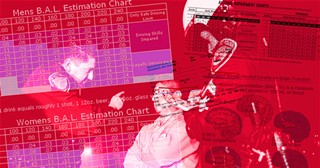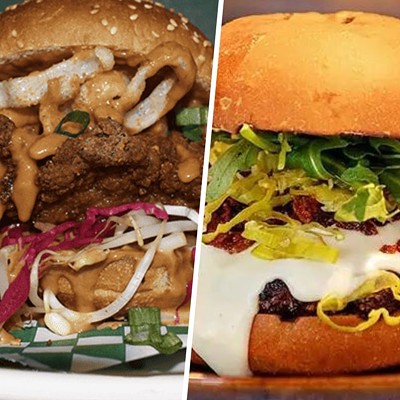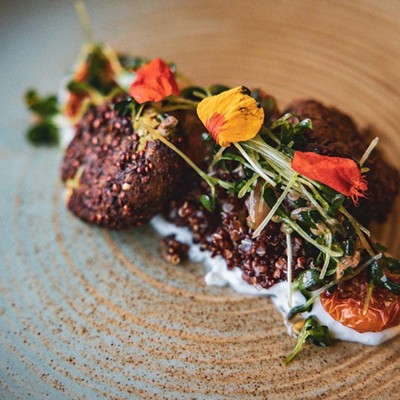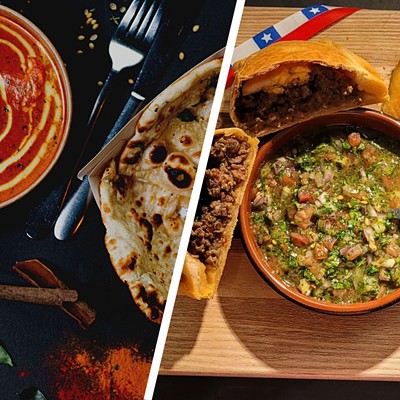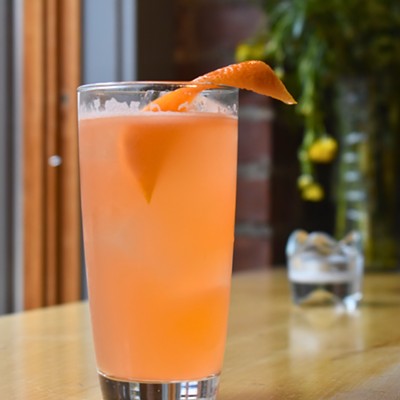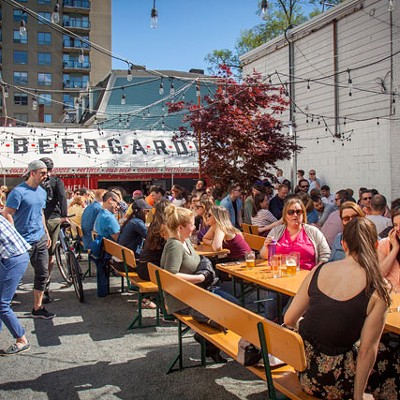Nobody should argue that it's OK to drive while impaired, whether due to alcohol, other drugs, gadget distraction, sleepiness or a mental or physical condition.
This said, context has been lacking in the recent rollout of revised penalties for people with a blood alcohol level of 0.05 percent or higher, which are stricter than the older 0.08 percent limit for criminal charges. That lack of context could bring great harm to the hospitality industry.
"Depending on how strictly the new legislation is enforced, it could have a severe impact on the bottom line," says Gordon Stewart of the Restaurant Association of Nova Scotia. "Add this impact to the already declining profits, and it adds up to the industry heading into a profitability quagmire."
The threat to bars and restaurants is that people have no idea how much drinking it takes to get them to 0.05 or 0.08 BAL. All they know are the charges they hear on the news, including deaths due to a drunk driver, typically with BAL levels over 0.10---or as high as 0.24---many times the legal limit.
RANS argues the focus should be there, and not on the people who support the restaurant industry by drinking a moderate amount of wine or beer with their meals, then driving home. "The number one concern right now is with chronic offenders, as they put so many people at risk," says Stewart. "Harsher punishments, including larger penalties with loss of drivers' licence for longer periods of time, should be the focus."
We should always be conservative about safety, but we have to ask ourselves, "Are we willing to sacrifice our restaurant and bar culture?" Not all of us can afford to pay for taxi rides which are not an option in rural areas. There is a good reason why some bars have large parking lots.
But people need to know how much they can drink and not be over 0.05 BAL. There are various calculators and charts available online, including at the inelegantly named rupissed.com, and a good one in Charlie Papazian's The Complete Joy of Home Brewing. These charts look at time, weight and sex. Some of the more expensive handheld breathalyzers give reasonable estimates of BAL, and have been shown to correlate well to Papazian's chart. Some scenarios:
After-work drink: A 200-pound man goes to the pub after work at 4:30, drinks two 18-ounce pints of five percent beer, then hops in the car at 6pm to head home for supper. His BAL is 0.04-0.05. Waiting an extra half hour would be smart. For a 130-pound woman, two pints in 1.5 hours likely puts her between 0.07 and 0.09 BAL; she shouldn't drive.
Wine with dinner: The same couple goes to a restaurant and shares a bottle of 13.5 percent alcohol wine over a two-hour meal. He drinks three glasses, she has two. His BAL when they get in the car is borderline, probably 0.045-0.055. Her BAL is maybe a bit lower. Lingering an extra hour and having a coffee before driving would be prudent.
A night out: The guy goes out for supper and to see a band. He drinks a glass of 13.5 percent wine, four 375 ml bottles of beer and two cocktails from 6pm to 1am. This likely puts him somewhere in the 0.06-0.08 range---there are too many factors over a long evening to give a tighter estimate. The fact remains that, even though he spread the drinks over seven hours, he still shouldn't be driving. A woman or a lighter guy---say 170 pounds---would be in even more trouble.
Beer league hockey: After the game the same 200-pound guy drinks three bottles of light beer in about 45 minutes. His BAL is around 0.045. Did he really need that third thirst quencher?
One personal policy should override any decisions you make based on calculations of alcohol and time. If you feel impaired, then you should not drive.

